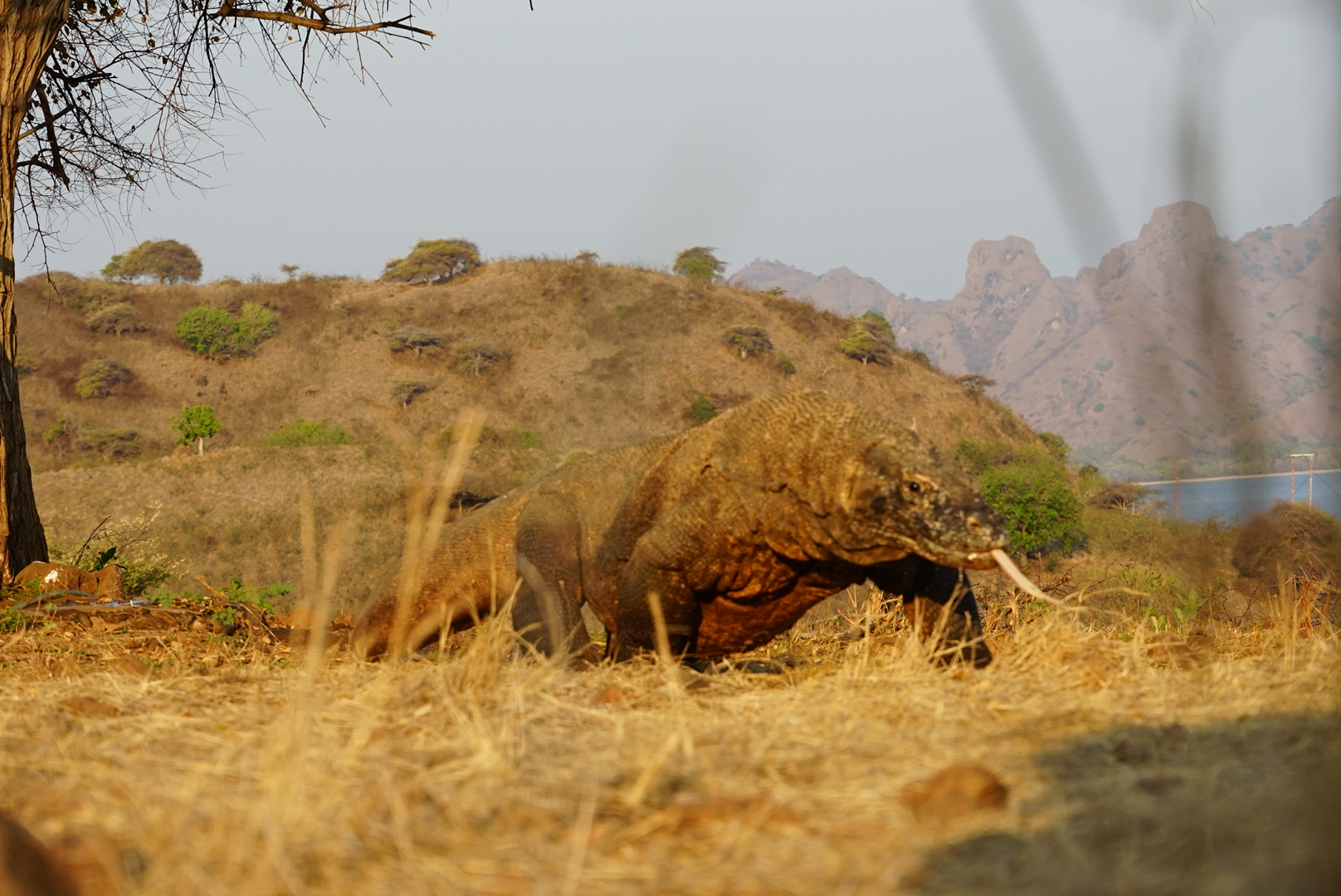
Indonesia is even more colorful and beautiful than I had imagined. The country stretches 2500 nautical miles from east to west and the distance from one end to the other is longer than the distance to cross the Atlantic. The diversity of landscape and culture seems to be without limits!
I was still sailing alone on the boat. I would only meet Van in Labuan Bajo – the gateway to Komodo National Park. Sofien, my mate from Ammersee, had put us both in touch: Van had just been to Bali to complete her yoga teacher training and had been looking for an opportunity to experience boatlife for a while, already.
I decided to sail the 800 nautical miles from Tual to Lebuan Bajo more or less in one go, so that I could then ease off the speed in the national park and have more time for snorkelling and diving.
In fact, my only real stop was on Banda Neira. The island belongs to the Moluccas and is the cultivation area for spices such as cinnamon, cloves and pepper. Also it is the origin of nutmeg; it were the British who first exported the trees to other colonies (such as Grenada in the Caribbean) in 1815.
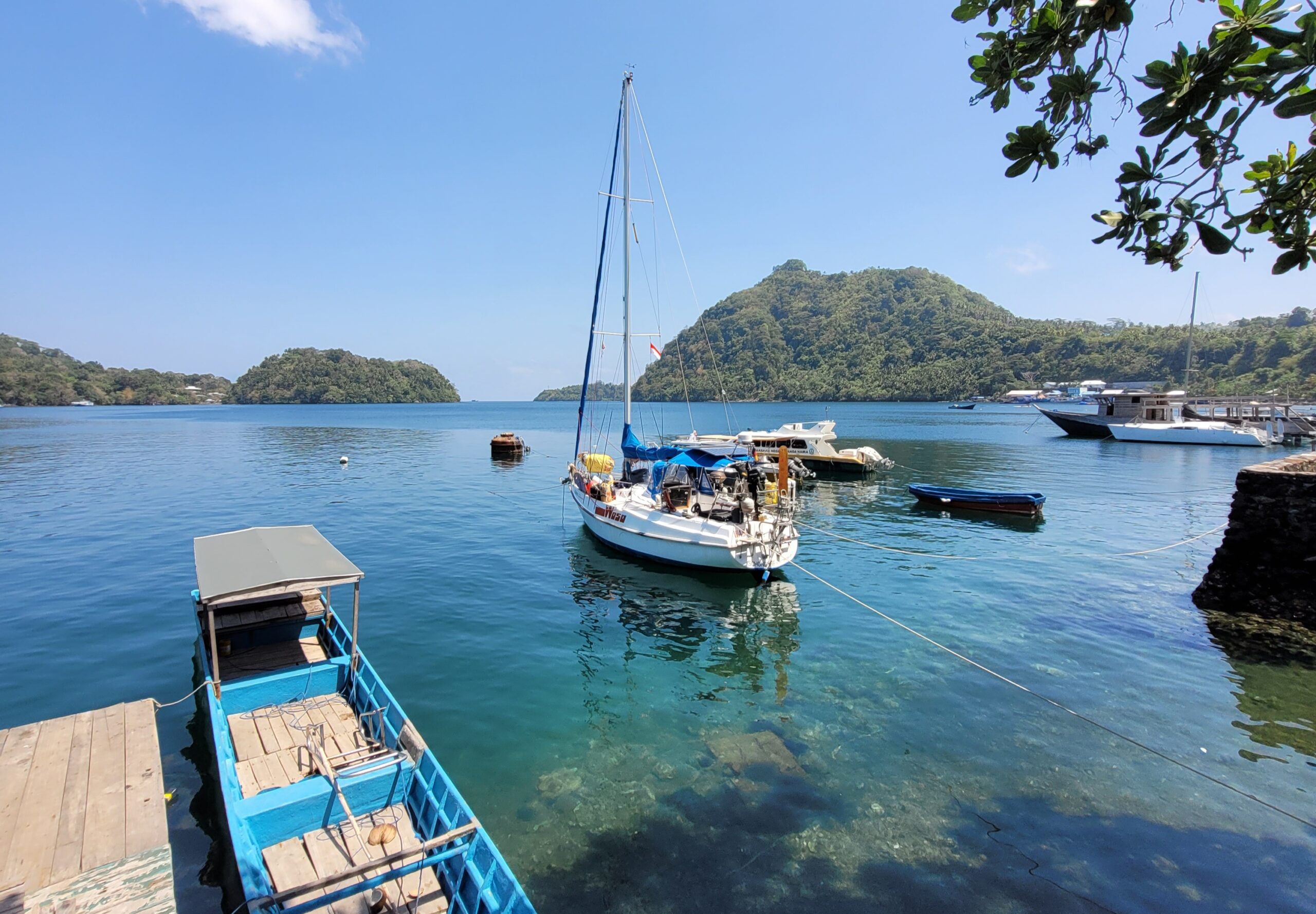

When I arrived, I received a very warm welcome and was allowed to moor WASA in front of the „Nutmegtree Resort“. I tied the bow to a mooring, pulled the stern towards land and tied it to a mango tree. – One stroke of the paddle was all it took to get the dinghy ashore.
I was shown to the kitchen and the coffee corner, where I was made to feel completely at home. I even could use the showers and I was told not to pay anything for this. On the first evening, a live band played next door and later a Norwegian DJ took over the show. – The atmosphere was good and I was able to dance for a few hours with the people from the local marine biology lab for the first time in a long time.
The next morning was a little sluggish, but finally, I managed to pull myself together to go diving at an old lava run with some very young corals growing.
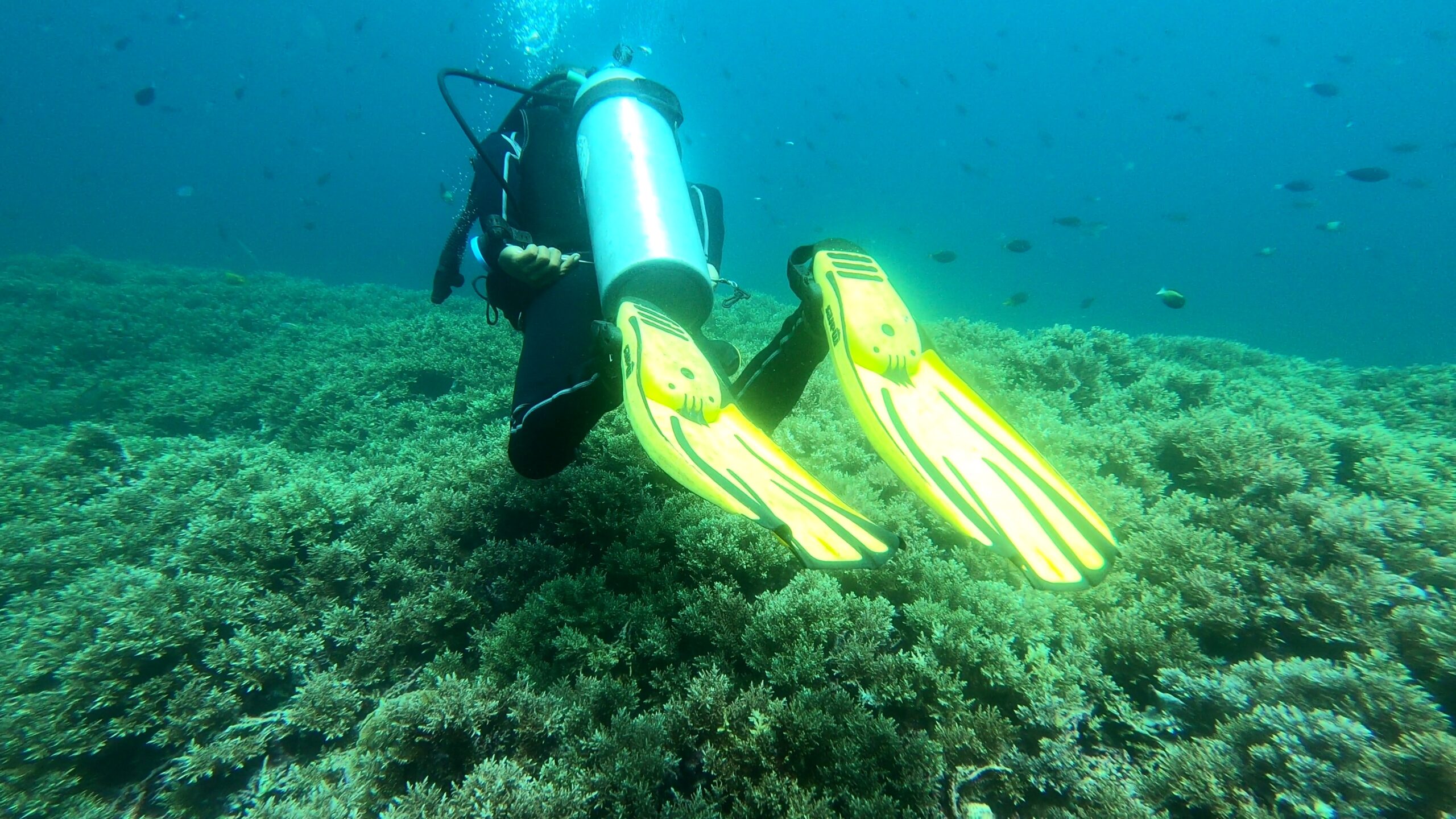

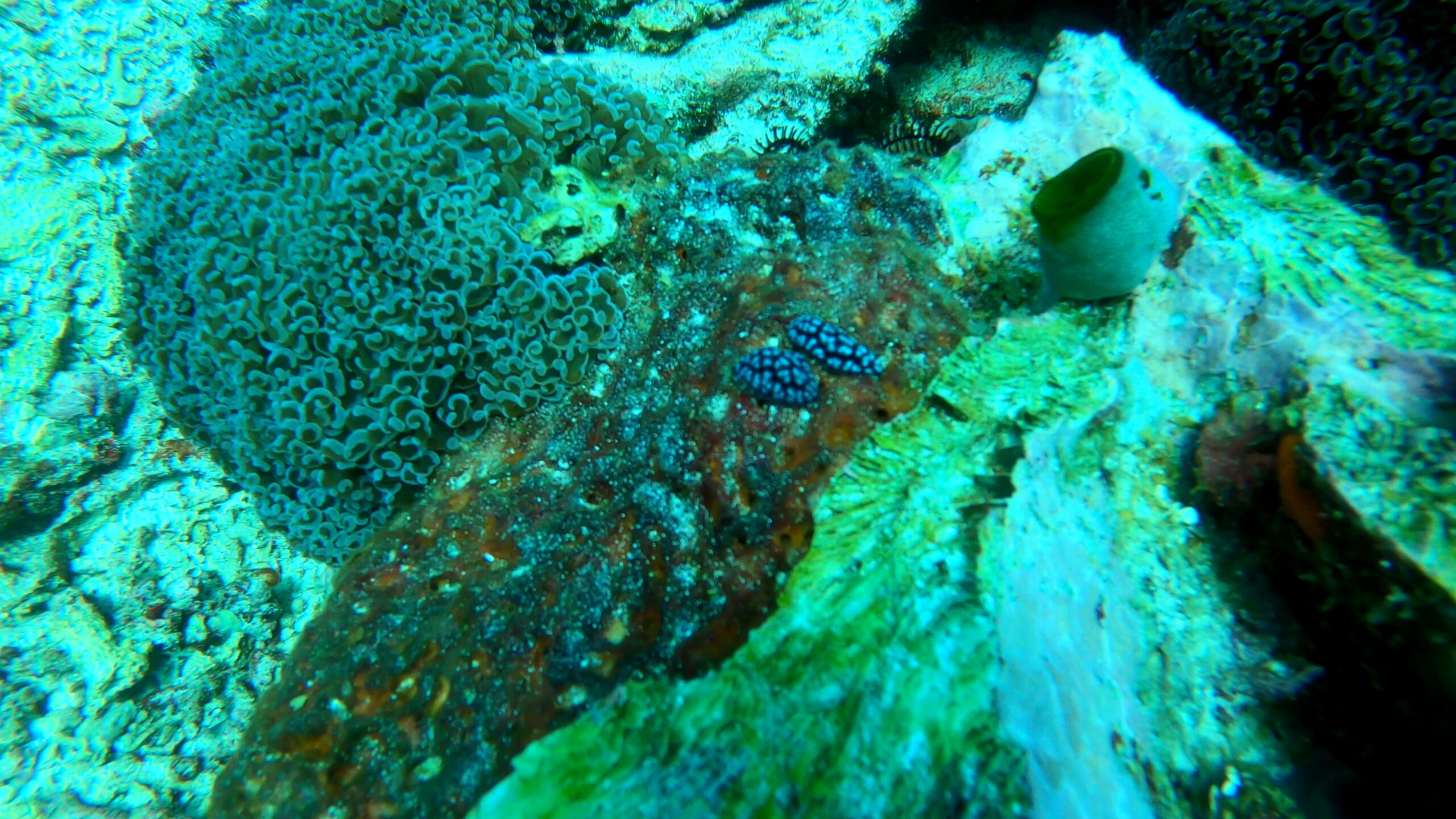

The weather in Indonesia is strongly influenced by the monsoons: from April to September is the dry season with winds from the SE and from December to March is the NE or NW monsoon season, which also brings rain. October and November, the two months during which I was sailing in Indonesia, are characterised by mostly clear skies and sunshine with light winds.
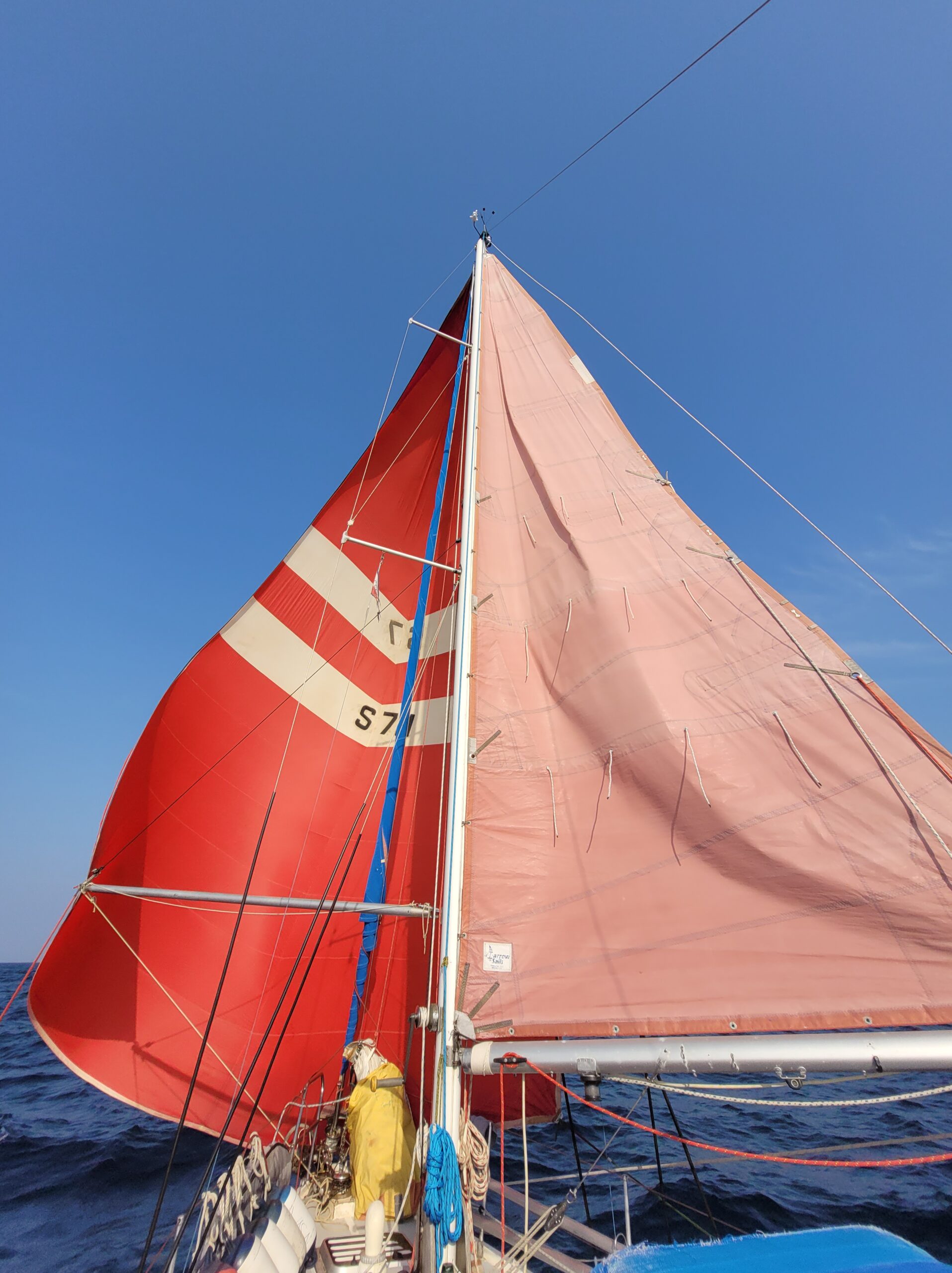

I was lucky as the wind blew right at my back. Like that, I was able to sail with spinnacker 80% of the time. Chris – a good friend had just given it to me a few months earlier in Australia! – Although the spinnaker is old and a fair bit too big for WASA, it was perfect for the given situation!
I have been a little hesitant at first, but soon left the Spinnacker up at night as well. WASA cruised leisurely through the water at 3 – 4 knots and behaved so calmly that I felt like I was in a marina.
The only dangers on the way were so-called FADs – fish attracting devices. They do exactly what their name promises: attract fish. And it is as simple as it can be. An oil drum, a bamboo platform or something similar is anchored to the bottom with a long rope, sometimes up to 2000 metres deep. Algae grow on the rope, attracting small fish, which in turn lure large predators to the spot.
They are problematic for sailors as they are not marked on any charts and most of them are not even illuminated.
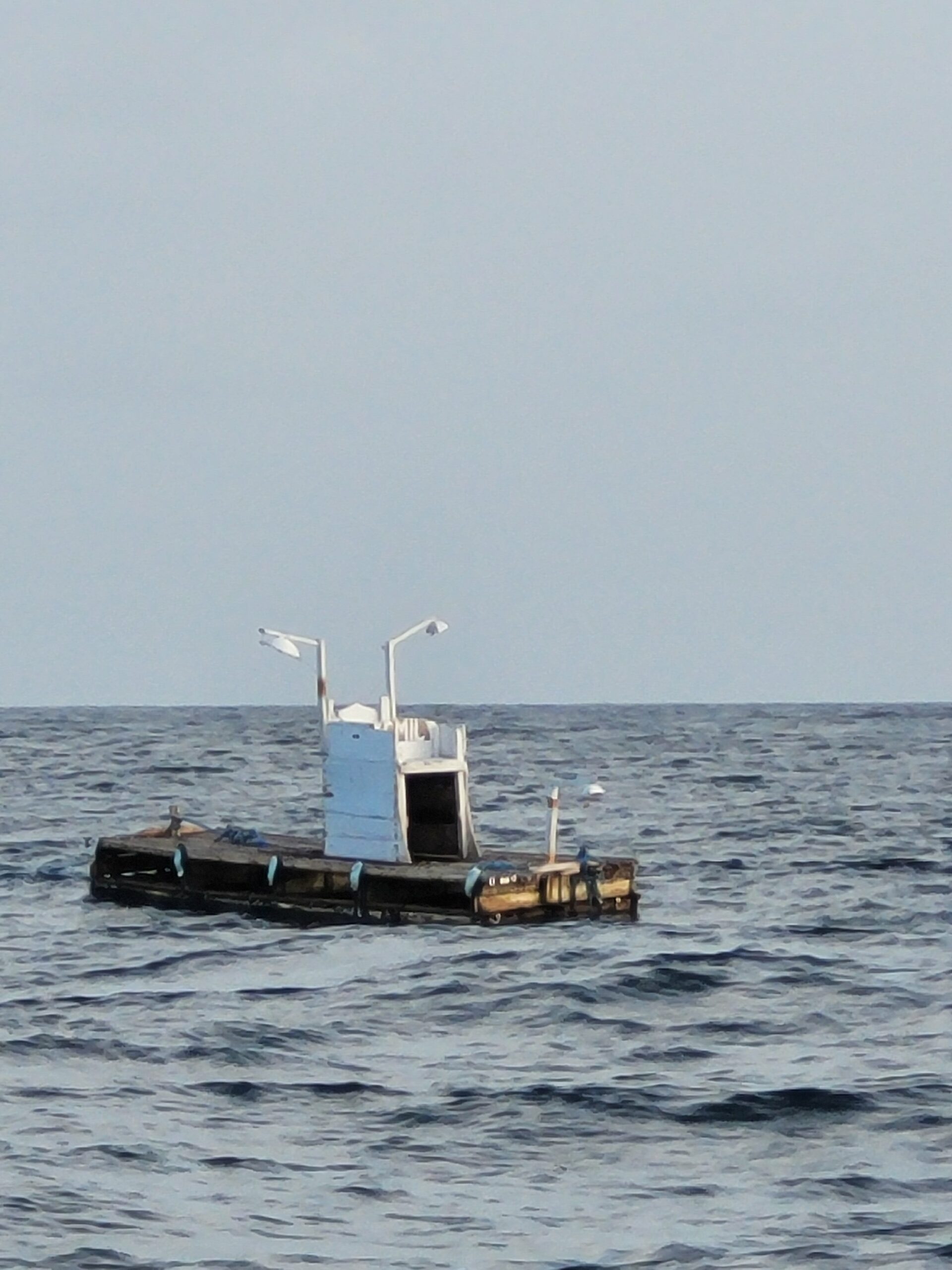

As much as I had enjoyed the time alone, after two months I was happy to finally be able to welcome Van on board. We quickly went shopping and topped up the water. Then we were ready to weigh anchor and sail the 10 nautical miles to our first stop at the edge of the national park.
It was Van’s first time on a sailing boat and in order to get to know WASA a little better, we tacked all the way up into the small bay under sail, where we dropped anchor at a depth of around 22 metres.
A short trip ashore, then we were ready for bed! We had big plans for the next day: First we wanted to snorkel and freedive at a nearby diving spot, then go spearfishing next to the boat and later prepare our catch over the campfire on land.
Bullseye! The snorkelling in the morning was very nice. Colourful corals, turtles and some beautiful fish. We also had fun diving down to the divers below us and hanging out with them until we had to come back up for air.
We caught a fish and cooked it on the beach with homemade coconut milk, some onions and garlic. Served with the prepared rice and a few glasses of wine – perfect!
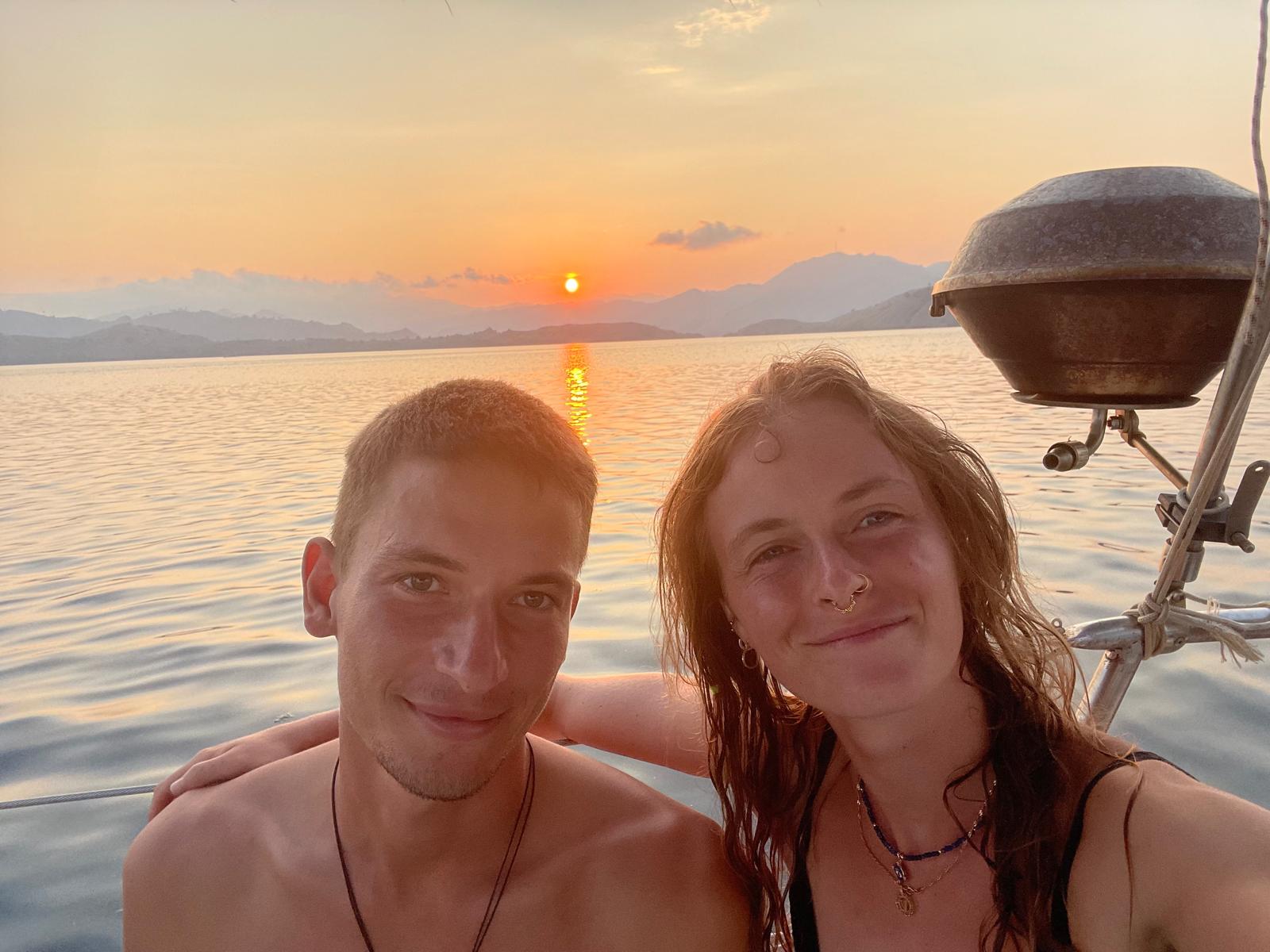

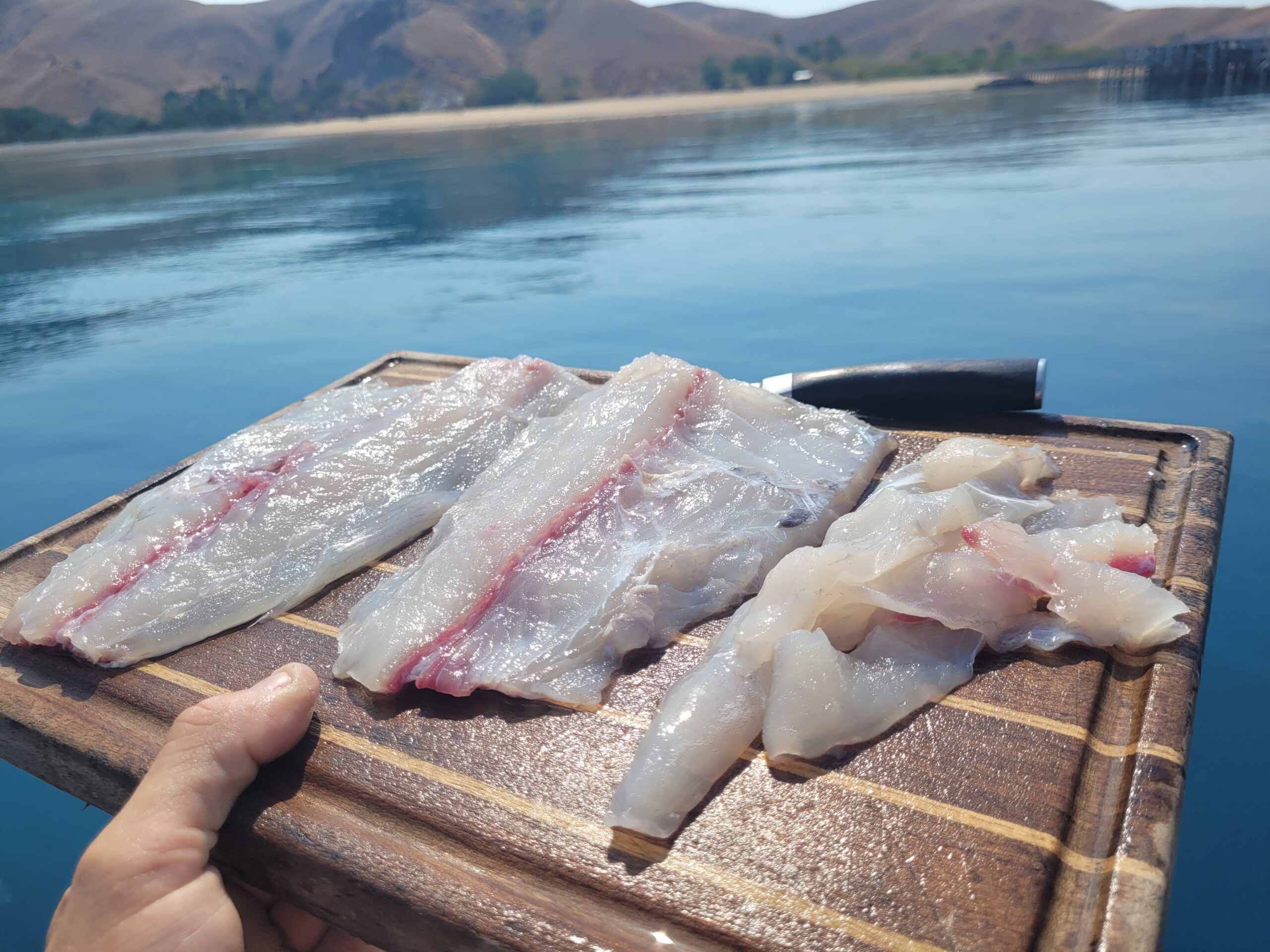

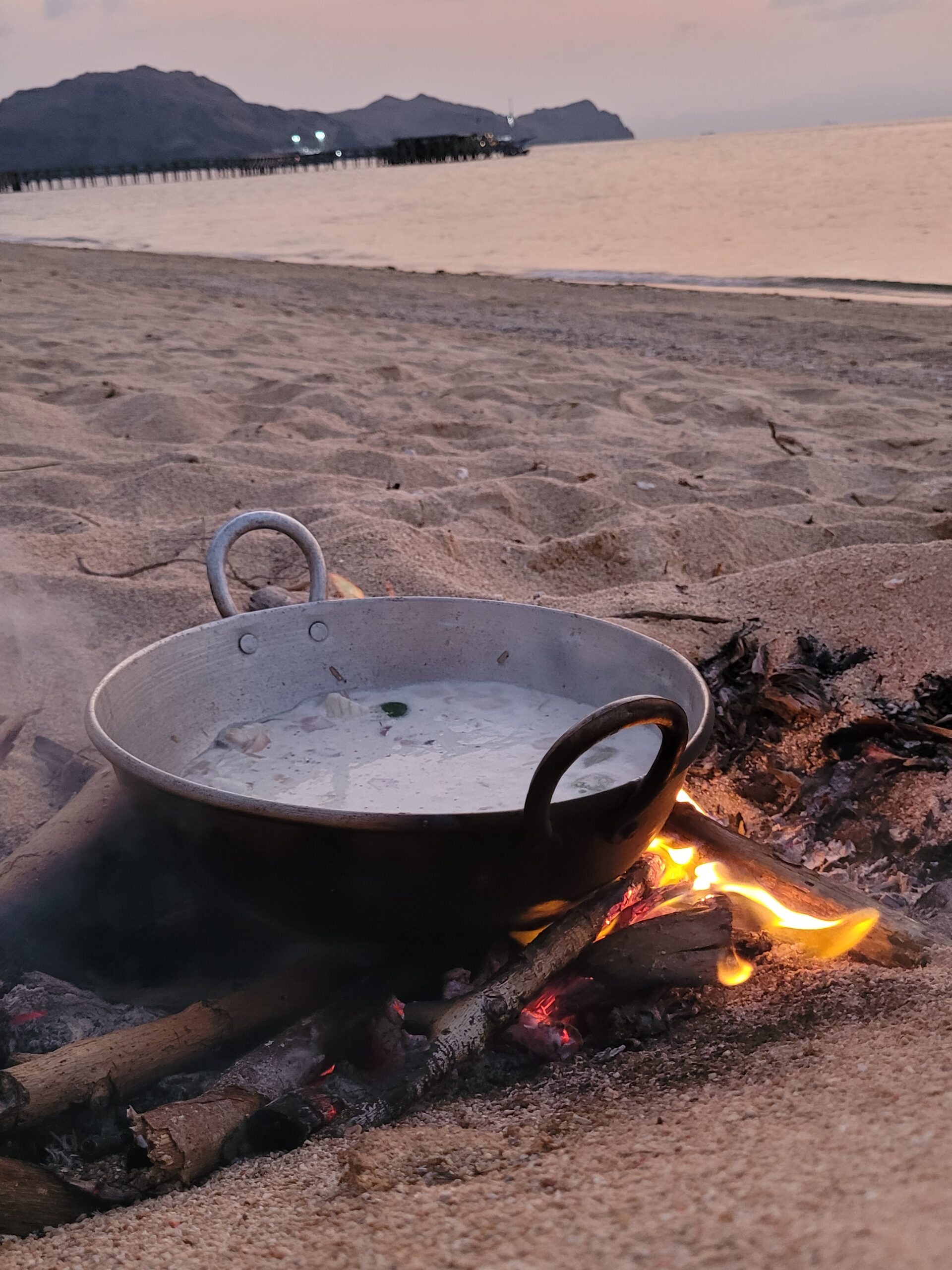

In small hops, we moved from anchorage to anchorage. Our next destination was a reef, located in the centre of the park. „Pulau Makasar“ was only marked as a green patch on my nautical charts, but on the satellite images from Google we could see that it was shaped like a small atoll and was home to a wonderful anchorage in the middle accessible through a narrow pass.
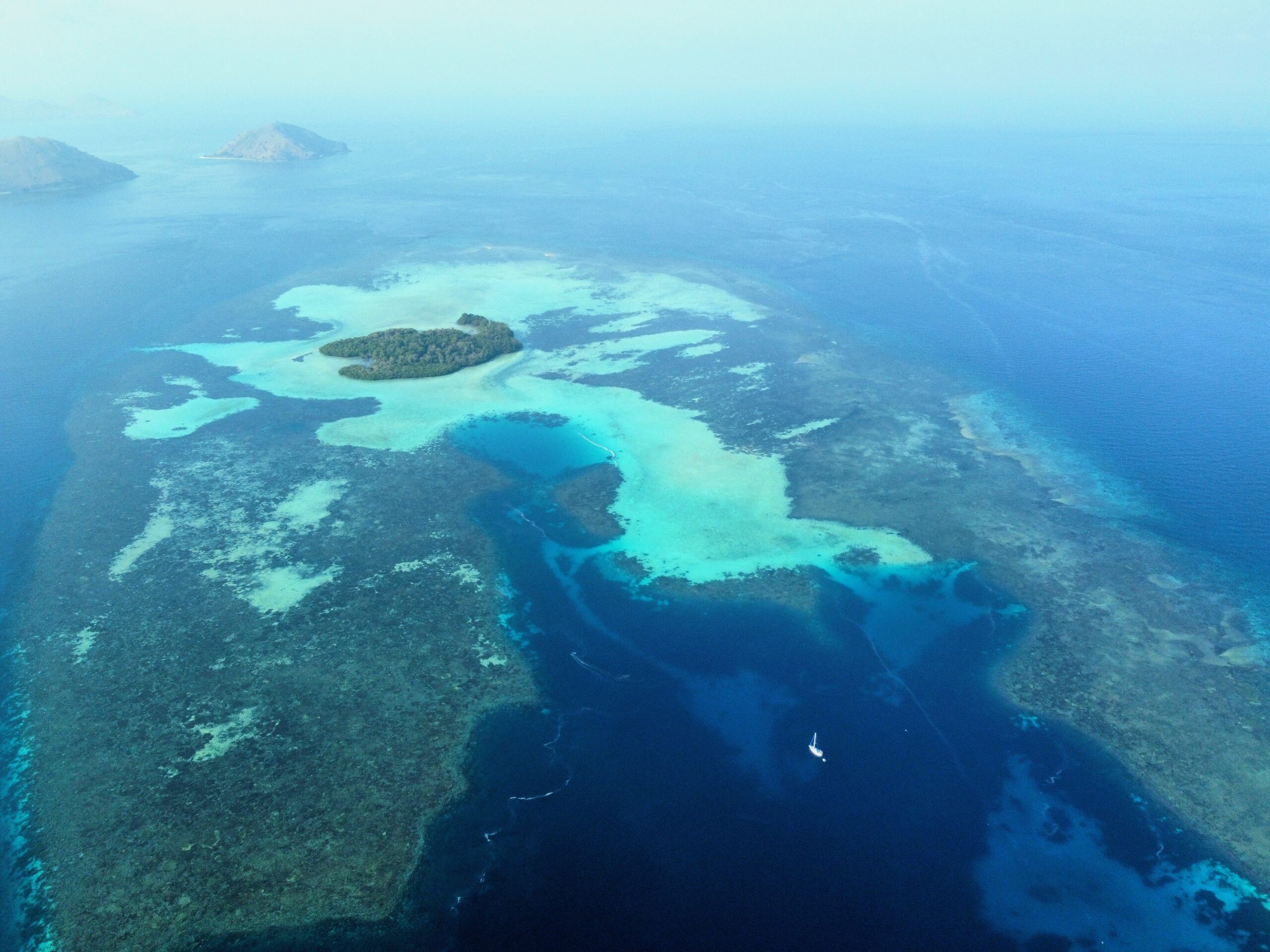

The place is surrounded by some of the best diving spots in Indonesia. Manta Point, Turtle Garden, Shotgun Reef and Castle Rock are just a few of them. As there were only two of us, we didn’t have a dinghy driver and I didn’t want to take the risk of diving without a guide because of the strong currents. We could have drifted off to somewhere, easily!
Instead, we prepared all our equipment, jumped into the dinghy and headed for one of the many liveaboard dive boats. The dive guides were usually very happy about our idea of simply joining the dive group and the guide with our own equipment and being picked up again by their safety boat.
We were happy because we paid an incredibly favourable price and had three amazing dives. And the guide and the boat crew were happy as well, as they got some black money that was earned bypassing the tour organizer.
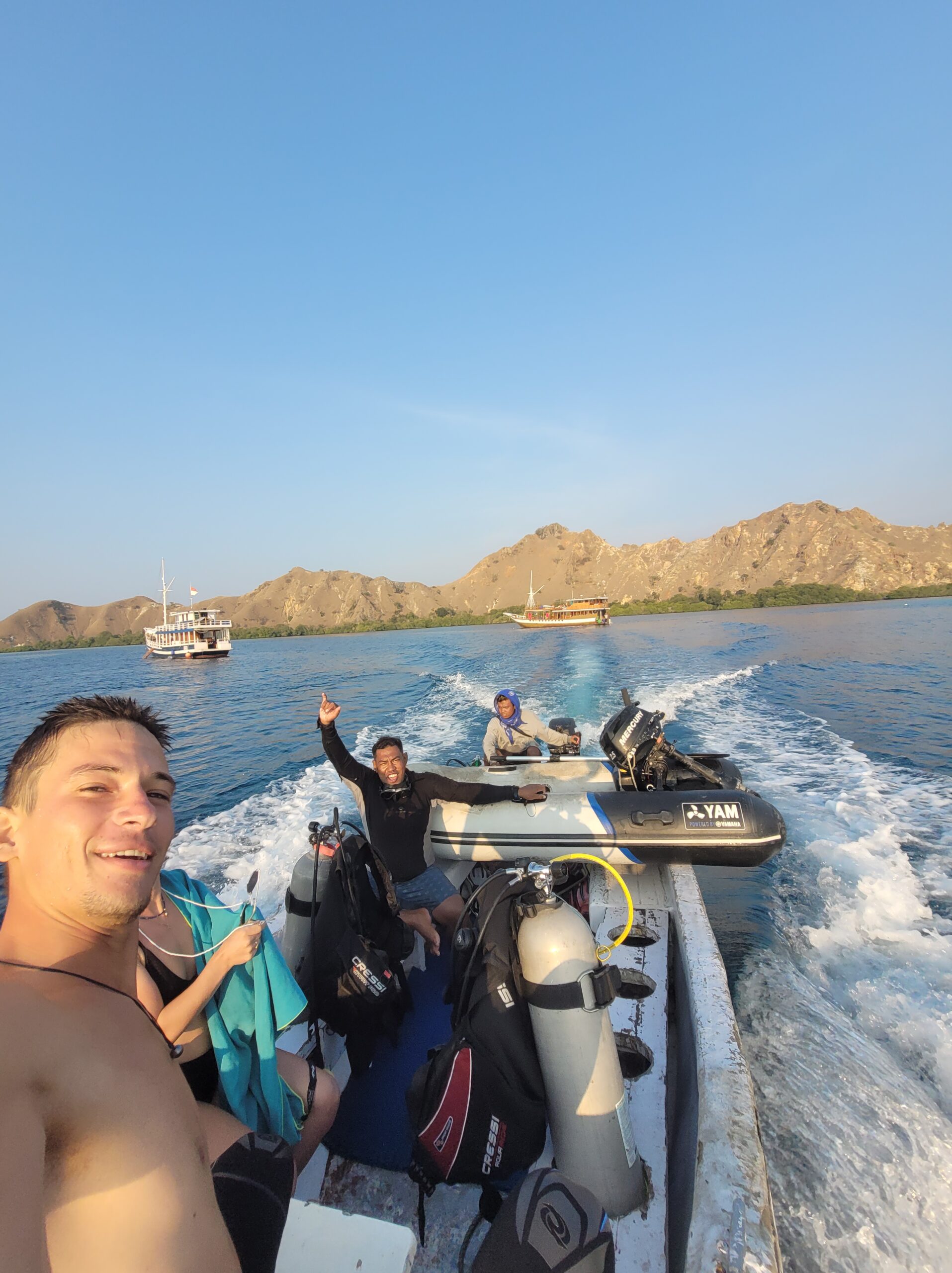

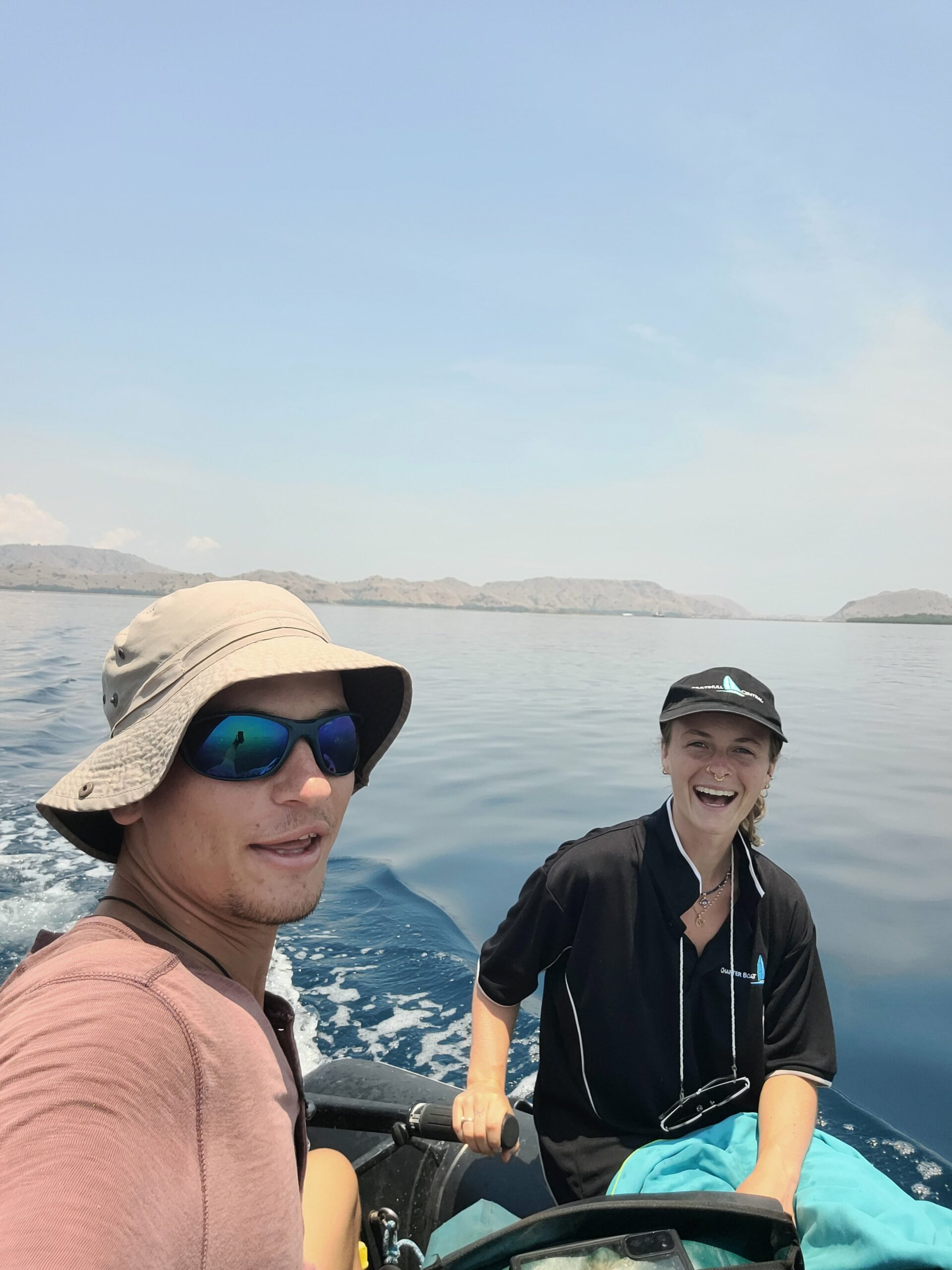

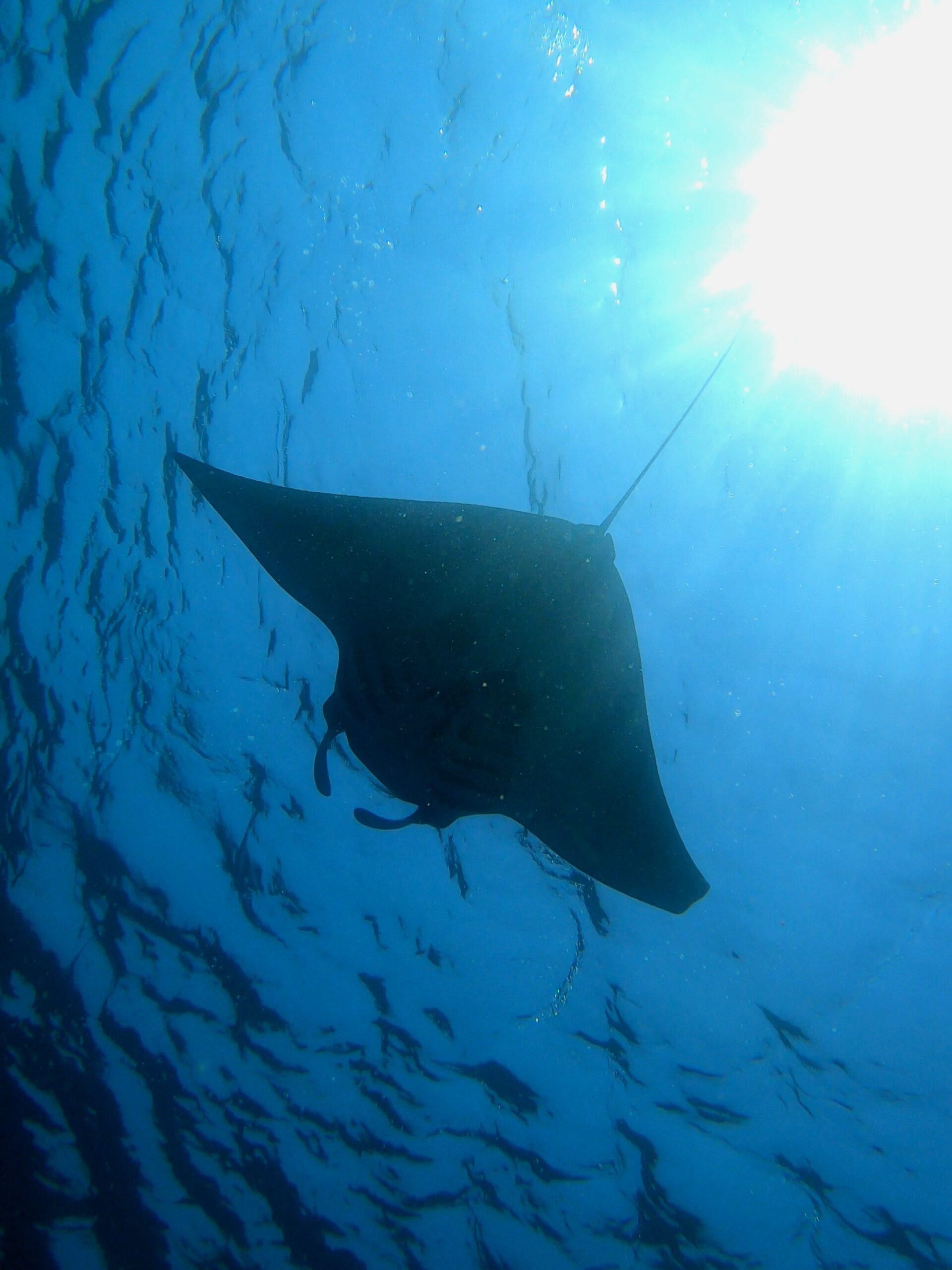

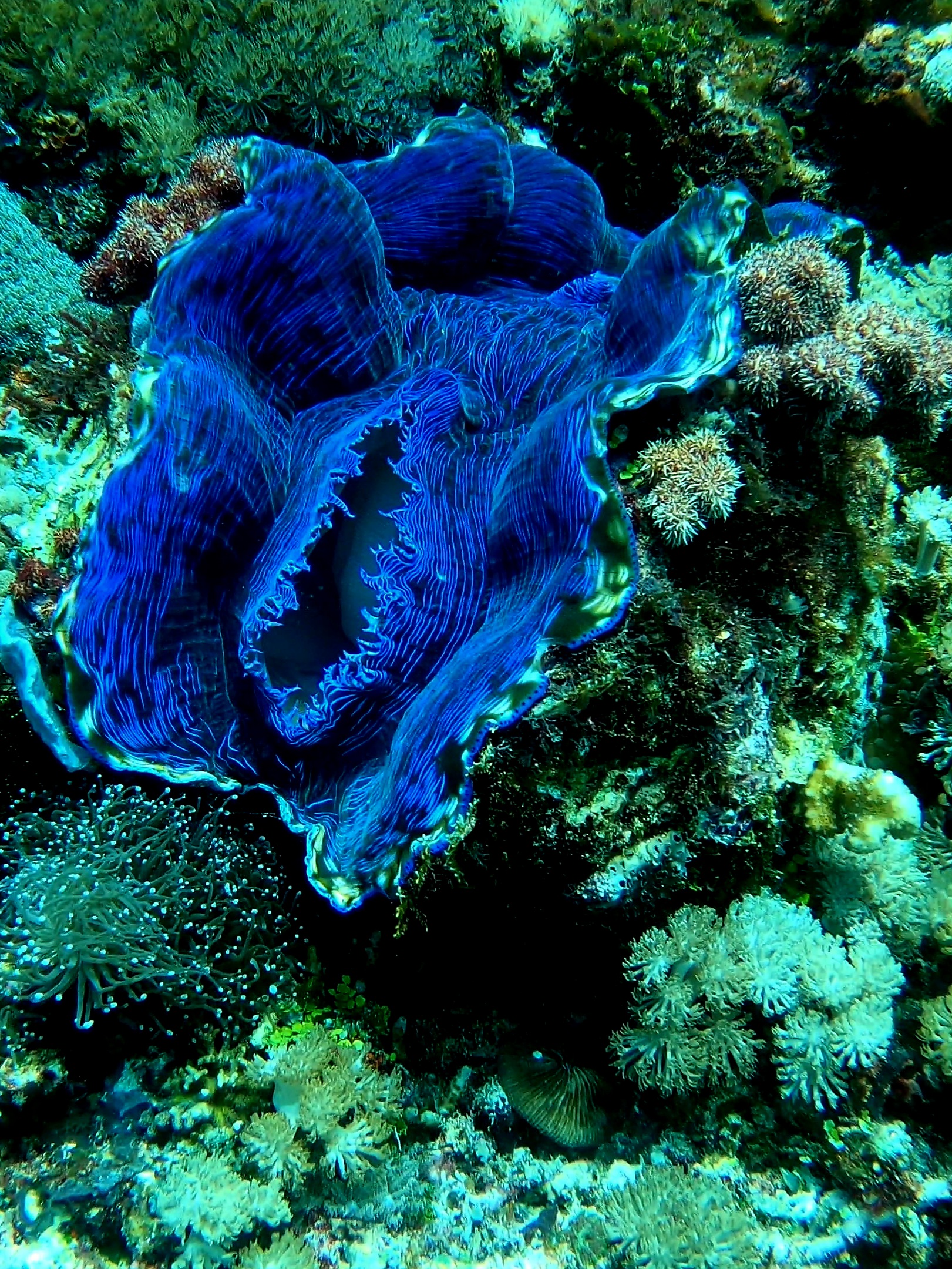

One of the main attractions in Komodo National Park are the Komodo dragons, which are endemic to these islands: up to two and a half metres tall, 20 km/h fast and equipped with razor-sharp teeth, they are real primeval hunters!
We moored WASA at a mooring in front of a small village and took the dinghy ashore. There we met Sahril. He is the tour guide and, unlike many other inhabitants of Komodo, speaks quite good English.
He explained to us that the village had only recently started offering tours. As we knew, Komodo Park, from where the tours normally start, was only half an hour to the north.
However, the inhabitants of the village felt let down and cheated by the operators and also by the government, as they get nothing from the income of the park that uses their land. Tourists are directed past their village, the direct ferry to Bali was cancelled to concentrate the tourists and even the internet reception ends 20 metres before the village entrance.
To earn money for the village, people like Sahril taught themselves English and practiced „marketing“. Especially for sailors, the tour from the village is a great alternative to the park: we can park our boats anywhere we want anyway, we directly support the village community and, above all, save money with the cheaper tickets, too.
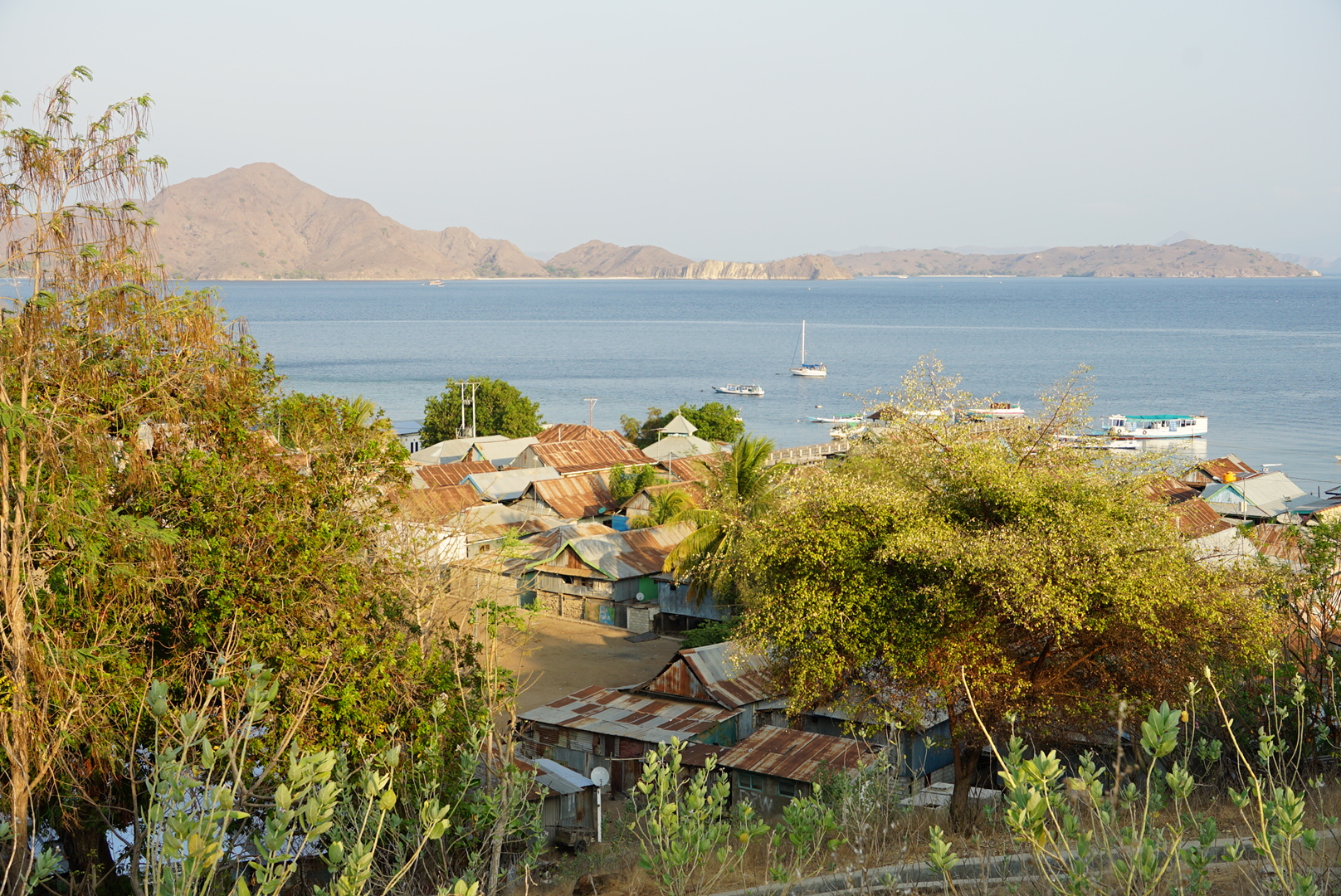

We postponed our tour until a little later in the evening to avoid the blazing sun. As the sun began to set, we set off and as soon as we left the harbour, we saw the first man-sized dragon creeping around under the houses.
At the top of the first hill, Sahril made fun of us and signalled us to keep an eye out to see if we could find one of the lizards. Although the two-metre-tall beast was not far away from us, I would probably never have spotted it without his hint! – It’s no wonder that in the past, tourists who thought they have to go exploring on their own have repeatedly fallen victim to attacks. We rummaged through a pile of faeces and found whole wild boar teeth and pieces of bone in it.
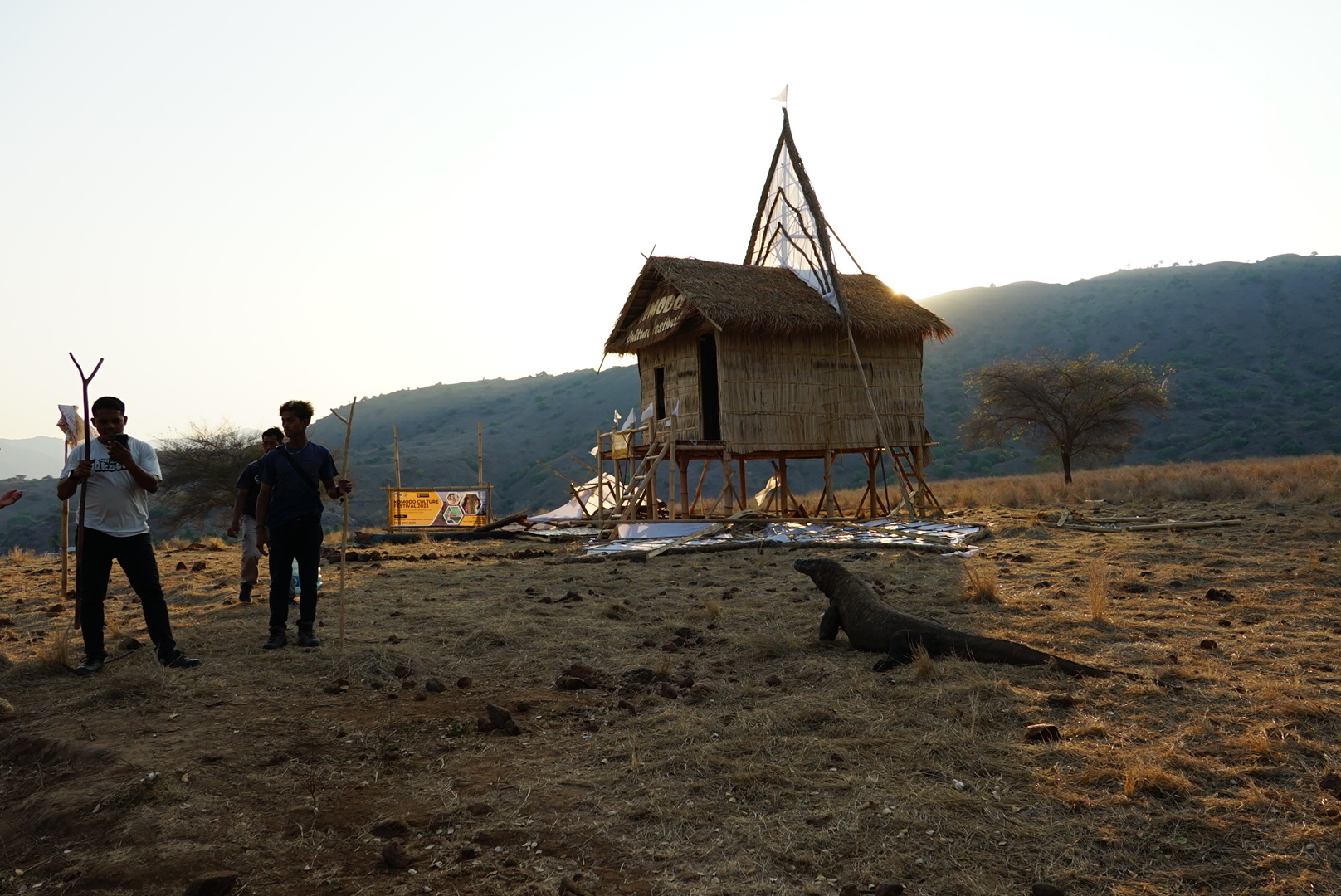




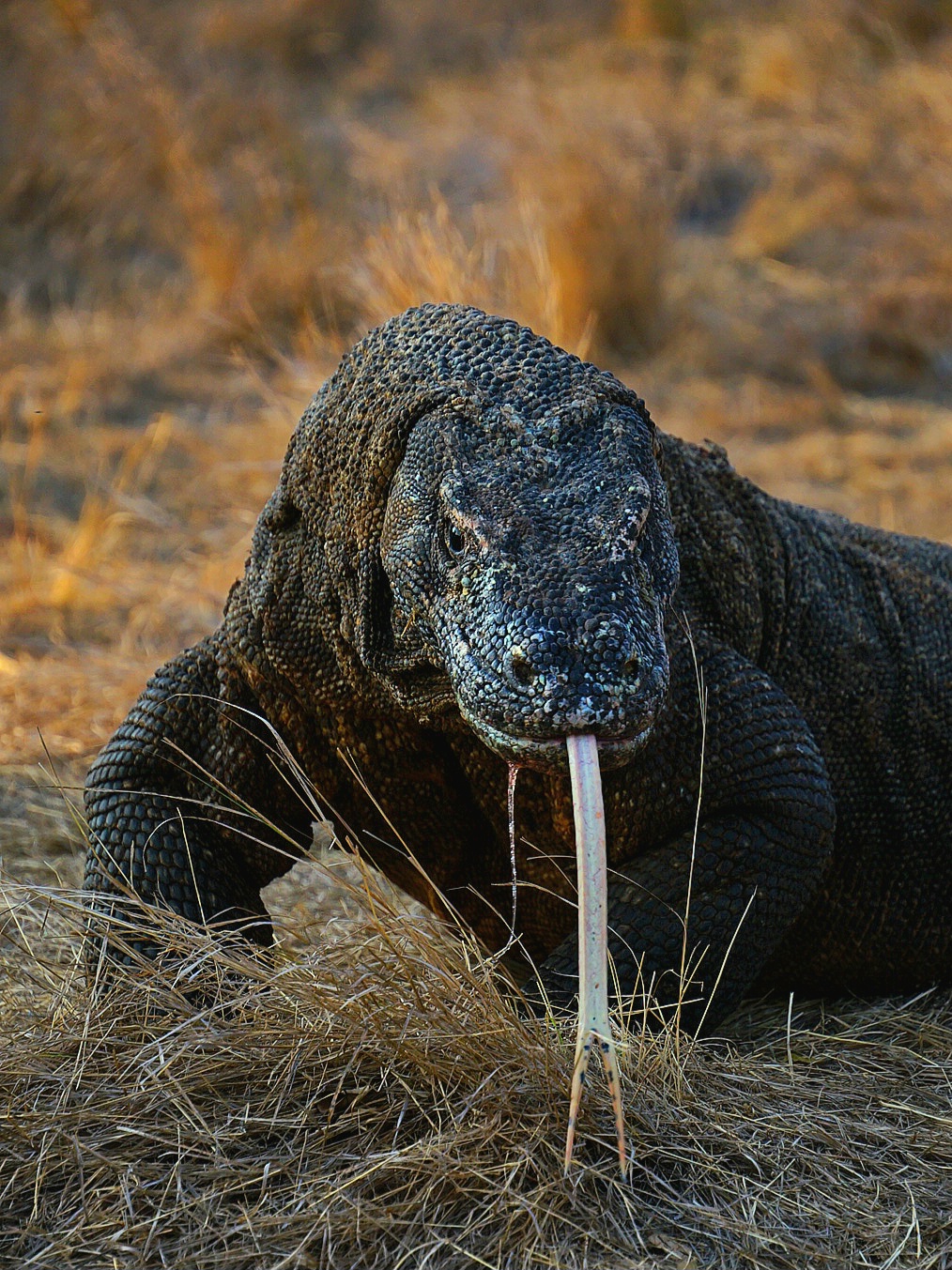

From Komodo, Van and I sailed on to Lombock. Here we parted ways. Van was meeting with her boyfriend and I was expecting a visit from Jannis, a good friend from my time at boatbuilding school.
I had imagined spending many more days in Indonesia the way Van and I had managed to do in the two weeks we had together: swimming, snorkelling, diving, hiking, campfires on the beach and relaxing.
However, not everything has really gone according to plan recently. Firstly, I arrived late from Vanuatu, had a stressful time finding crew over there and in Indonesia and now had to make up for lost time in order to escape the NW monsoon that was about to set in: Long exhausting crossings, arriving, resting, preparing for the onward journey, long exhausting crossing, etc….
In the meantime, I have already arrived in Malaysia with Jannis. Although, we also had a great time together in Indonesia, we and especially I was under pressure at all times. – The campfire on the beach with Van was unfortunately the only I had during the whole time in Indonesia.
But more on that, the next time.
